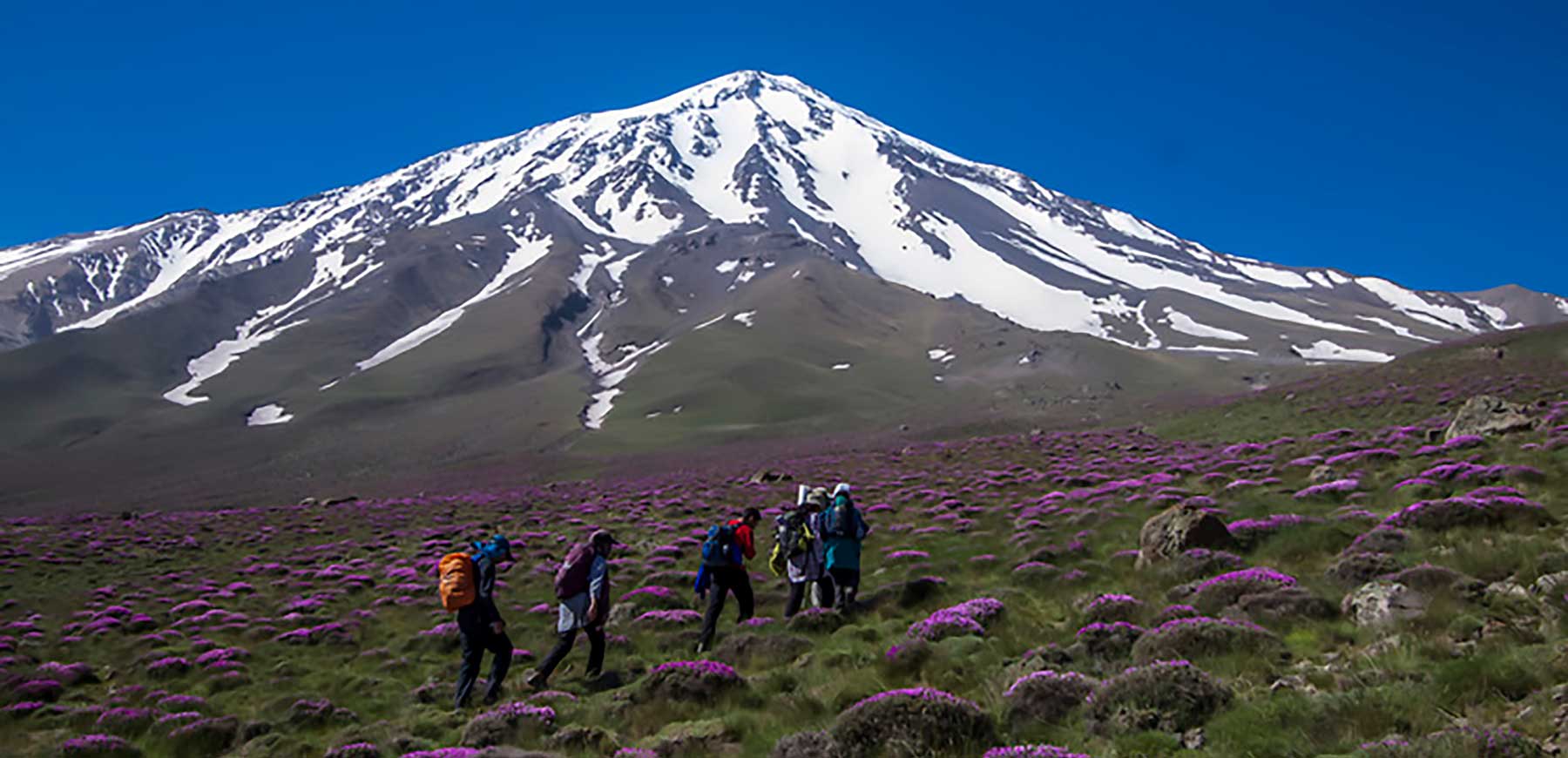Kourosh Ziabari – Asia Times: Awqaf, Iran’s powerful religious endowments agency, answerable only to Supreme Leader Ali Khamenei and operating a portfolio generating nearly one-quarter billion US dollars annually, is facing intense scrutiny this week following reports it has seized a slice of the iconic Mount Damavand.
“Investigations reveal that the Awqaf has secured an endowment deed for one out of 11 registered parcels of Mount Damavand, from the foothills to the summit,” reported Hamshahri, one of Iran’s most reputable national newspapers.
The deed for the tranche of the nation’s most famous mountain was secured through a ruling by the Supreme Court, and without input from the national Forests, Range and Watershed Management Organization, the July 26 report said.
The parcel, it added, is now “mortmain property” under perpetual, inalienable ownership by Iran’s Endowments and Charity Affairs Organization, or Awqaf.
In the wake of the explosive report, the religious endowments agency accused Hamshahri of seeking to “disturb the public opinion”. But in implicit recognition the ruling had occurred, the deputy head of Iran’s State Organization for Registration of Deeds and Properties assured the public that “most” of the lands in question were subsequently reallocated to the government. There are, however, two remaining plots out of the one-eleventh fraction of the mountain that are still claimed by Awqaf.
Reza Aflatouni, the director-general of the legal office of Forests, Range and Watershed Management Organization, told the newspaper Shargh that in addition to those two plots that have not been returned to the government, there are two other parcels that remain Awqaf assets, making it clear that the status of the mountain remains contested.
Conservation activists say the seizure, if completed, fits a pattern of the powerful religious body confiscating natural resources to exploit for new revenue streams.
Pattern of seizure
The Awqaf operates on a budget of around 54 billion rials (US$2.7 million) but brings in close to 10 trillion rials (US$250 million) annually through its stewardship of thousands of Shiite pilgrimage sites, namely sacred shrines.
Prior to the Covid-19 pandemic, these sites drew 1.8 million tourists yearly from Iraq alone, and thousands of others from the Gulf, Pakistan and beyond, providing a lifeline of hard currency amid the Trump administration’s ratcheting maximum pressure campaign.
While the Awqaf is known for running religious sites, it also controls more than 1.5 million endowments nationwide, including lucrative mines, and is increasingly notorious for controversial, and even illegal acquisition of natural resources.
“The Awqaf has not officially announced what it will do to the lands in case its ownership is finalized, but experience has shown that the motive behind such expropriations is making profits,” said Azam Bahrami, an Iranian environmental activist based in Turin.
“This equals mining, constructing buildings, or other environmentally destructive projects,” she told Asia Times.
In 2014, Gholam Ali Jafarzadeh, an outspoken member of parliament from Rasht, accused the organization of being involved in major land-grabbing cases, going so far as to challenge the head of the organization to a public debate.
“Violations in this organization include the allocation of some endowed mines to contracting companies without running tenders, and paying the supervision fees of the incumbent director of the organization for a long period of time in advance, and it is not clear where these generosities come from,” Jafarzadeh said.
Two years earlier, Mohammad Ali Pourmokhtar, a senior MP from Hamedan, said the Awqaf had turned into a “major land-grabber” which leases lands and natural resources and issues permits for construction on such properties illegally.

